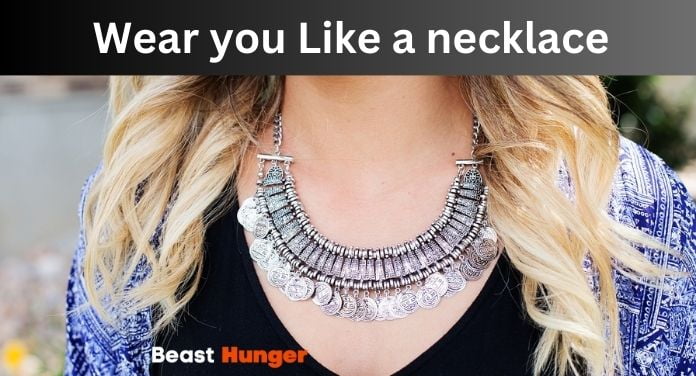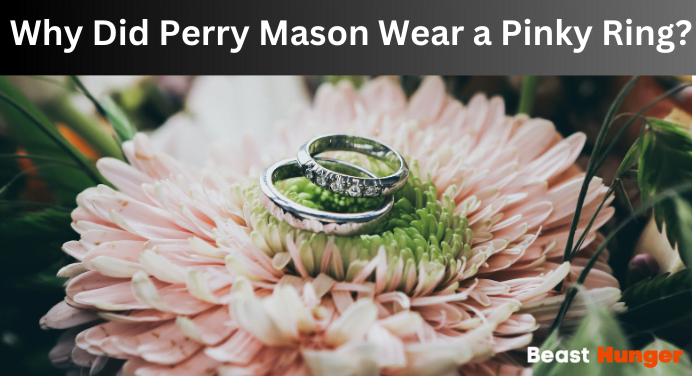Dressing an infant is one of the many joys of early parenthood. From adorable onesies to cozy footed pajamas, infant outfits are designed to offer both comfort and convenience for babies and caregivers alike. As your little one begins their journey through the early stages of life, choosing the right outfits becomes essential for their comfort, safety, and overall development.
1. Types of Infant Outfits
Infant clothing comes in various styles to suit different needs, weather conditions, and occasions. Here are some of the most common types:
- Bodysuits (Onesies): A must-have in every baby wardrobe, bodysuits are simple, stretchy, and snap at the bottom for easy diaper changes. They can be worn alone in warm weather or layered under other clothing in cooler months.
- Sleepers and Rompers: These one-piece outfits are ideal for sleep and play. Zip-up or snap-front designs allow for easy dressing and diaper access. Many include foot coverings to keep little toes warm.
- Two-Piece Sets: These sets typically include a top and pants, offering more flexibility. They’re great for daytime wear and are available in countless adorable designs and prints.
- Dresses and Overalls: Perfect for outings or special occasions, dresses and overalls add a stylish touch to your baby’s wardrobe. Choose soft fabrics and ensure there are no rough seams or tight elastic.
- Seasonal Outfits: Depending on the climate, you may need fleece-lined outfits, sun hats, lightweight rompers, or snowsuits. Always dress your baby in layers for flexibility.
2. Comfort and Safety First
Outfits for Infants have sensitive skin and limited mobility, so comfort and safety should always be prioritized. Choose clothing made from soft, breathable fabrics like 100% cotton or organic cotton, which are gentle and hypoallergenic. Avoid harsh fabrics or those that cause irritation.
Safety also includes avoiding outfits with small buttons, loose ribbons, or other choking hazards. Clothes should fit well—not too tight or too loose—and allow babies to move, stretch, and grow comfortably.
3. Practical Features for Parents
Functionality is essential for busy parents. Outfits with snap buttons, envelope necklines, or full-length zippers save time during changes. Clothes that can withstand frequent washing without fading or losing shape are also important.
Pro tip: Choose neutral-colored basics and invest in a few statement pieces for special events or photos.
4. Dressing for the Season
- Warm Weather: Opt for sleeveless bodysuits, cotton shorts, and sun hats. Lightweight fabrics help prevent overheating.
- Cold Weather: Use layers like onesies, long-sleeve shirts, leggings, socks, and warm jackets or fleece suits. Don’t forget mittens and hats!
5. Adding Style to Function
While comfort is key, dressing infants can also be fun and expressive. Many parents enjoy selecting themed outfits for holidays, milestones, or family photos. From playful animal prints to personalized onesies with baby’s name, there’s no shortage of creative and trendy options.
Conclusion
Outfits for infants serve more than just aesthetic purposes—they are designed for comfort, safety, and ease of use. By choosing soft, well-fitting, and seasonally appropriate clothing, parents can ensure their baby stays cozy and content while looking irresistibly cute. Whether for playtime, bedtime, or a special occasion, the right infant outfit brings joy to both baby and parent.Ecommerce Store Marketing Agency: eCommerce SEO Agency London






